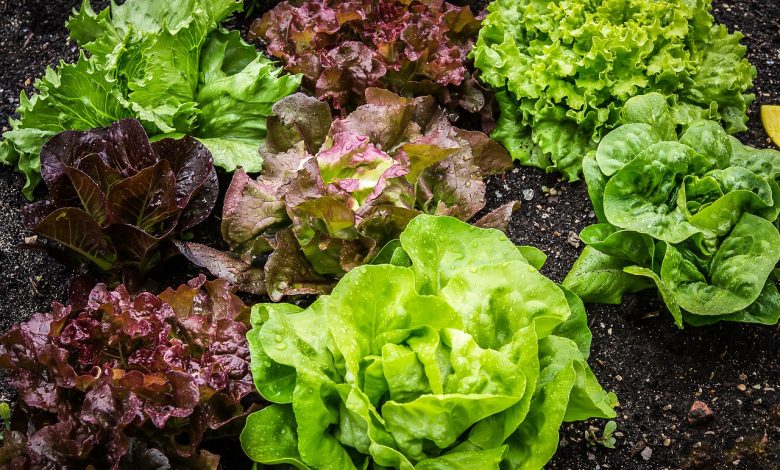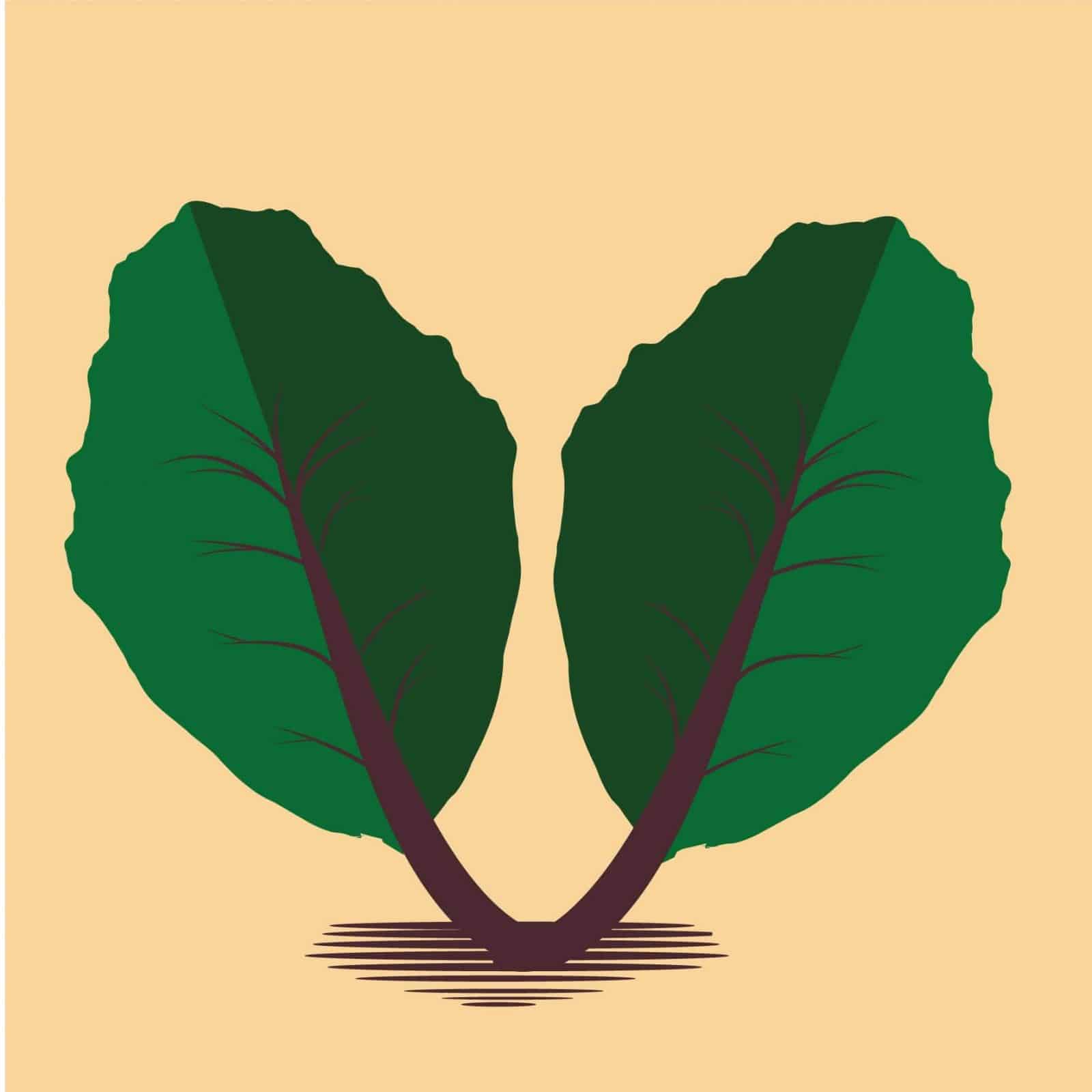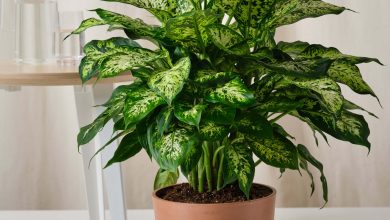Leafy Vegetables: [Planting, Care and Types]

History of leafy vegetables
The birth of vegetables in general is linked to those first sedentary civilizations.
Which means that, when in the beginning man was dedicated to hunting and gathering, he used to feed on animal prey and wild fruits and flowers, seeds, leaves or roots.
Each of his findings is based on the ancient gardens and orchards of Babylon, as well as on the drawings embodied in the tombs of the Egyptians, where it is said that they ate vegetables and vegetables in quantities.
Most of Europe ‘s vegetables today come from Asia and the Far East. And they were introduced to the market by the Arabs since the conquest of the Mediterranean countries.
Hence, it is born that vegetables together with vegetables have become the essential food group in Mediterranean cuisine.
However, during the Middle Ages, the cultivation of vegetables was destined to feed mainly the poorest classes, while the rest ate meat and only drank «vegetable broths» when the doctor so prescribed to combat an illness.
In this sense, the trips to America from the fifteenth century referred to a contact between civilizations, which ended up concluding in a great exchange of food products between them.
Which explains why the increase in the consumption of vegetables began to take place in the first half of the 20th century. Even history presumes that after World War II, this consumption could increase by more than 30%.
The current production of vegetables throughout the world is very important along with vegetables, because they represent the second most produced food group in the world, after cereals.
What are leafy vegetables?
 According to Flores y Plantas (2016), vegetables are a set of plants generally grown in orchards and consumed as food, either raw or culinary prepared.
According to Flores y Plantas (2016), vegetables are a set of plants generally grown in orchards and consumed as food, either raw or culinary prepared.
In this sense, leafy vegetables are all those that are consumed for their leaves, both blades and petioles. Within this group we can mention chard, spinach, lettuce, cabbage and endive, among others. They are usually from cold temperate climate.
These vegetables provide few calories and have great nutritional value due to their richness in vitamins A, C, complex B, E and K; minerals like calcium and iron.
Therefore, it is recommended that they be consumed more frequently during the day, all with the clear objective of generating health and social well-being.
Types of leafy vegetables
According to Palacios (2017), the main leafy vegetables are:
Chard
 It is a biennial plant that does not form roots or edible fruit.
It is a biennial plant that does not form roots or edible fruit.
Its leaves are large, oval, slightly armored, with marked ribs that arise from the middle of the stem. It is usually harvested when it weighs between 750 grams and 1 kilo.
Its color is usually between dark green, light green and yellow.
Spinach
 It is an annual plant, cultivated for its edible, large, very dark green leaves.
It is an annual plant, cultivated for its edible, large, very dark green leaves.
It has a little branched root and superficial root development. Its stem is erect from 30 cm to 1 m in length on which the flowers are located.
lettuce
It is an annual plant, which means that it grows throughout the year.
It does not have noticeable stems, since at first glance it seems that the leaves arise from the root. However, each leaf is provided with a stem portion, these are cylindrical and highly branched from the base.
Its leaves are green shades, depending on the type, the color varies.
canons
Lamb’s lettuce is an annual plant that requires a lot of water. They are easy to grow, however they are exposed to many enemies, such as snails or birds.
endives
They are small elongated buds with smooth white leaves, slightly yellow around the edges. They must be chosen fresh and without stains, paying attention to the edges, which will not be damaged or green.
Other leafy vegetables are:
- leeks. _
- The dandelions.
- Endives.
- The rockets.
Sowing of leafy vegetables
 For Dondo (2007), these vegetables can be sown directly, broadcast (type of technique that consists of letting the seeds fall in the form of fine rain on the flowerbed and then cover them with a thin layer of soil or compost) or online (they are placed in previously marked furrows).
For Dondo (2007), these vegetables can be sown directly, broadcast (type of technique that consists of letting the seeds fall in the form of fine rain on the flowerbed and then cover them with a thin layer of soil or compost) or online (they are placed in previously marked furrows).
It should be noted that the leaf species are commonly grown outdoors.
In this case, for some areas, it must be carried out under a protection system, such as shading mesh, in order to avoid the burning of the leaves.
However, it is becoming more and more common for it to be grown under cover for various reasons.
First, higher quality, earliness and therefore greater profitability are achieved, especially in autumn -winter-spring. Its cycle is short (50-60 days), which allows several plantings to be carried out in the year.
In the warm season, shade mesh is placed, for the same reason as in open-air systems.
How do we water leafy vegetables?
 Drip irrigation is the most suitable for these vegetables.
Drip irrigation is the most suitable for these vegetables.
However, there is still no recipe to do it, that is, the amount and frequency of water to be supplied will depend on factors such as the type of vegetable, the season of the year, the state of growth, among others.
Some recommendations on how irrigation should be are as follows:
- Very young plants should be watered frequently so they never dry out.
- If vegetables are grown outdoors, they should be grouped according to the water they require.
- Vegetables are sensitive to both excess and lack of water.
- It is very important that in all vegetables, the drainage is good, that is, that it does not become waterlogged for a long time.
How often should it be watered?
It is generally recommended that watering be in the early morning or in the evening after sunset.
It should not be watered during the hottest hours of the day, because evaporation is greater and the drops of water that remain on the leaves or on the fruits concentrate the sun’s rays and can cause burns.
In leafy vegetables such as; spinach, chard and lettuce, the most critical period is between 10 and 21 days before reaching maturity; during this period it is essential that a lot of water is available.
Pests and diseases of leafy vegetables
For Martínez (2013), pests and diseases in vegetables are usually the greatest risk that producers assume, due to the losses that they can represent in production and the expenses incurred in their control.
According to what is contemplated by the Infojardín portal (2017), the main pests in leafy vegetables are:
- White worm (Melolontha melolontha): the larvae of this beetle have a whitish body, with a blackish posterior abdominal end.
- Wireworm (Agriotes lineatum), are dark-colored and elongated beetles. The larvae are golden brown, with some resemblance to centipedes, cylindrical in shape. They produce galleries in the roots of plants.
- Gray worm (Agrotis segetum), this lepidoptera causes damage to vegetation, severing the neck of newly planted seedlings.
- Flea beetle (Chaetocnema tibialis), the adult is a beetle about 2 mm long, oval in shape, greenish black in color and with a metallic sheen. The damage is small round holes in the leaves.
- Aphid (Aphis fabae), these insects are located on the underside of the leaves causing damage that can affect their marketing.
- Beet nematode (Heterodera schachtii Smith), generate knots that lead to the wilting of plants.
- Pegomia or beet fly (Pegomya betae Curtis), adults have a greyish head with a red stripe on the front; the eyes are pink and the legs are yellow. They pierce the epidermis and penetrate into the tissues of the limbus.
- Thrips (Thrips tabaci), is a harmful pest, the presence of this virus in plants begins by causing large foliar necrosis and they die.
- Miners (Liriomyza trifolii and Liriomyza huidobrensis) form galleries in the leaves and if the pest attack is very strong, the plant is weakened.
- Mildiu (Peronospora brassicae), this fungus causes small yellow spots and an angular shape. At the same time, a grayish-white fluff forms on the underside of the leaves.
- Chicory fly (Ophioma pinguis), larvae excavate galleries in leaves and buds.
Bibliographic references
- Dondo, Gloria (2007). Leaf vegetables. Available at: http://www.fca.uner.edu.ar/files/academica/deptos/catedras/horticultura/hortalizas_de_hoja.pdf
- Flowers and Plants (2016). Vegetables of leaves, roots, flowers and fruits. Available at: https://www.floresyplantas.net/hortalizas-de-hojas-raices-flores-y-frutos/
- Martinez, Jesus (2013). Pests that attack vegetables. Available at: http://ww w.agronuevoleon.gob.mx/oeidrus/hortalizas/6plagas.pdf
- Palacios, Roque (2018). Main characteristics of leafy vegetables. Available at: http://www.monografias.com/trabajos84/principales-caracteristicas-hortalizas-hojas/principales-caracteristicas-hortalizas-hojas.shtml#hortalizaa#ixzz 56FYiayV5

![Photo of Elephant Garlic: [Characteristics, Care, Planting and Reproduction]](https://www.complete-gardening.com/wp-content/uploads/2022/08/elephant-garlic-characteristics-care-planting-and-reproduction-390x220.jpg)
![Photo of Green Bug: What is it and How to Fight It? [Complete Guide]](https://www.complete-gardening.com/wp-content/uploads/2022/08/green-bug-what-is-it-and-how-to-fight-it-complete-guide-390x220.jpg)
![Photo of How to Plant an Olive Tree Step by Step: [Complete Guide + Images]](https://www.complete-gardening.com/wp-content/uploads/2022/08/how-to-plant-an-olive-tree-step-by-step-complete-guide-images-390x220.jpg)
